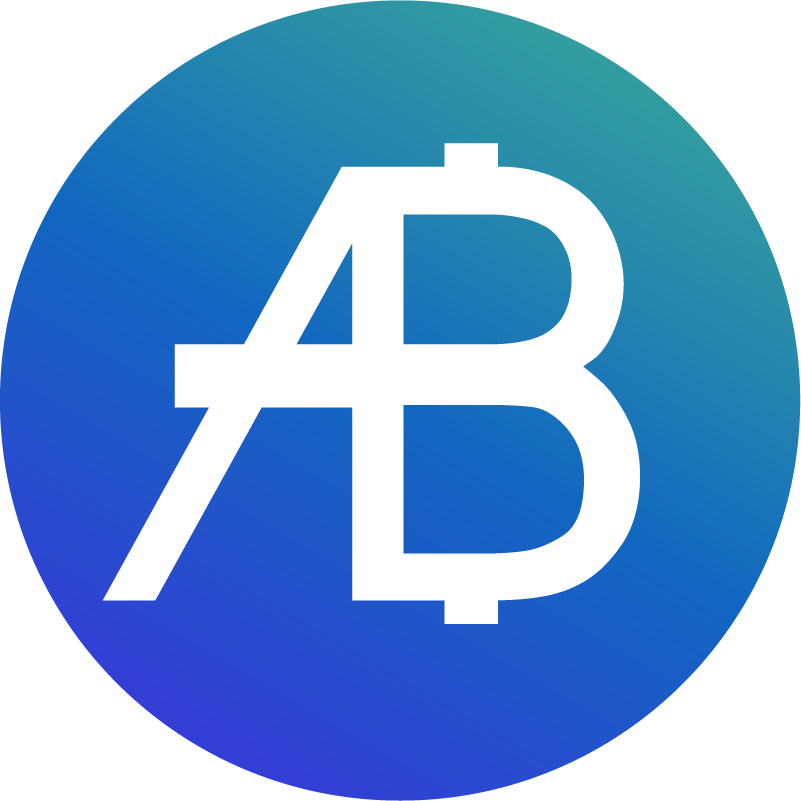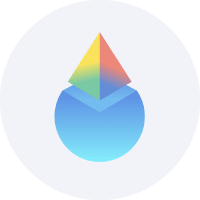
Vana (VANA) has been listed in the Innovation, AI and Meme Zone, you can quickly sell or buy VANA. Spot Trading Link: VANA/USDT.
Coin-related
Price calculator
Price history
Price prediction
Technical analysis
Coin buying guide
Crypto category
Profit calculator
What is Vana (VANA)?
Vana basic info
What’s Wrong with Data Monetization Today?
In today’s digital landscape, personal data has become one of the most valuable resources. However, most users lack control over how their data is used and do not benefit financially from its utilization. Large tech corporations collect, monetize, and sell user data to train artificial intelligence (AI) models, often without users' consent or fair compensation. This creates a centralized and inequitable data economy where the contributors of data are excluded from the profits generated by their information.
The growing demand for data, coupled with advancements in AI, has made this imbalance more apparent. As AI models require increasingly diverse and larger datasets, the reliance on data from centralized sources has reached its limits, often referred to as the “data wall.” This situation presents a critical need for a decentralized, user-controlled solution.
Vana aims to solve this problem by creating a decentralized platform where users can own, control, and monetize their data while contributing to advancements in AI.
What Is Vana (VANA)?
Vana is an EVM-compatible Layer 1 blockchain network designed to address the challenges of data ownership, privacy, and monetization. It enables users to retain control over their personal data while transforming it into a valuable, tokenized asset.
By combining blockchain technology with innovative tools such as Data Liquidity Pools (DLPs), Vana allows users to pool, secure, and share their data for applications like AI model training. This approach ensures that data contributors receive fair rewards while maintaining their privacy and ownership rights.
Through Vana’s decentralized architecture, users can collectively participate in the growing AI economy without relying on traditional centralized platforms.
Who Created Vana (VANA)?
Vana was founded by Anna Kazlauskas and Arthur Abal, experts with extensive experience in blockchain and AI. The platform originally emerged as a research project at MIT in 2018, focusing on data sovereignty and decentralized technology.
Kazlauskas and Abal aim to bridge the gap between personal data control and technological innovation. Under their leadership, Vana has evolved into a decentralized protocol that empowers individuals while fostering collaboration in the AI and blockchain industries.
How Vana Works
Vana operates through a decentralized system that prioritizes user control, privacy, and collective ownership. Here's how it works:
1. Data Sovereignty
-
Users export their data from centralized platforms and store it securely in personal servers or encrypted environments.
-
Ownership rights remain with the users, ensuring they decide how and when their data is used.
2. Data Liquidity Pools (DLPs)
-
DLPs act as repositories for aggregated user data. Contributors pool their data into these secure environments to create valuable datasets.
-
The data remains encrypted and is validated using privacy-preserving methods such as secure enclaves and cryptographic proofs.
3. Tokenized Data Rights
Users contributing data receive tokens representing their stake in the pool. These tokens track ownership and allow contributors to earn rewards based on the utility and quality of their data.
4. AI Model Training
-
AI developers and researchers access pooled data through smart contracts on the Vana blockchain.
-
Data contributors are compensated for the value their data adds to training models or other applications, creating a transparent and equitable system.
5. Decentralized Governance
-
DataDAOs (Decentralized Autonomous Organizations) manage the DLPs, setting validation rules and distributing rewards.
-
Contributors participate in governance decisions, shaping how their data is used and ensuring alignment with their preferences.
VANA Goes Live on Bitget
The VANA token powers the Vana ecosystem, enabling transactions, network security, and governance, with a maximum supply of 120 million tokens. It is used to pay fees for data operations, including contributions and access within Data Liquidity Pools (DLPs). Validators stake VANA to secure the network, and token holders participate in governance decisions. Additionally, developers and AI companies purchase and burn VANA to access user-contributed datasets, ensuring fair compensation for data contributors.
We are thrilled to announce that Vana (VANA) is listed in the Innovation, AI and Web3 Zone. Check out the details below:
Deposit Available: Opened
Trading Available: 16 December 2024, 11:30 (UTC)
Withdrawal Available: 17 December 2024, 12:30 (UTC)
Spot Trading Link: VANA/USDT
Disclaimer: The opinions expressed in this article are for informational purposes only. This article does not constitute an endorsement of any of the products and services discussed or investment, financial, or trading advice. Qualified professionals should be consulted prior to making financial decisions.
VANA supply and tokenomics
Links
What is the development prospect and future value of VANA?
The market value of VANA currently stands at --, and its market ranking is #999999. The value of VANA is not widely recognized by the market. When the bull market comes, the market value of VANA may have great growth potential.
As a new type of currency with innovative technology and unique use cases, VANA has broad market potential and significant room for development. The distinctiveness and appeal of VANA may attract the interest of specific groups, thereby driving up its market value.
Is VANA worth investing or holding? How to buy VANA from a crypto exchange?
How to get Vana through other methods?
What is Vana used for and how to use Vana?
Learn about other cryptos











.png)




























